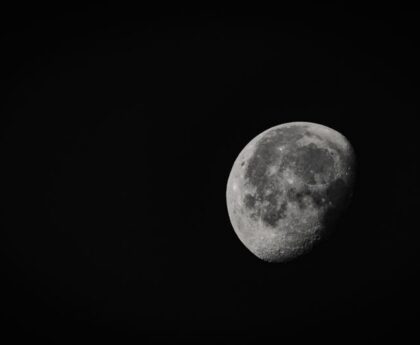Seventeen U.S. States Anticipate Rare Northern Lights Display
July 9, 2023
By
Introduction
A geomagnetic storm is set to impact the atmosphere mid-week, granting residents of seventeen states in the United States the opportunity to witness a rare display of the Northern Lights. The Northern Lights, also known as the aurora borealis, will be visible across cities such as Seattle, Des Moines, Chicago, Cleveland, Boston, and Halifax. This event is expected to generate significant excitement and attracts astronomy enthusiasts, photographers, and those seeking a unique experience with nature. Here’s what you need to know about the Northern Lights and how to best enjoy the upcoming spectacle.
Understanding the Northern Lights
The Northern Lights are a mesmerizing natural phenomenon typically observed along the magnetic poles of the northern and southern hemispheres. However, due to the solar storm, the aurora borealis will be visible farther south than usual this week. This stunning display of colorful lights is caused by collisions between electrically charged particles in the solar wind, streaming out from the sun, and molecules and atoms of gas, primarily oxygen and nitrogen, in Earth’s atmosphere. These collisions release light, resulting in an exquisite array of colors across the night sky.
The Colors and Variability of the Northern Lights
The aurora borealis is commonly green-colored, but the specific colors observed can vary depending on the location of the collisions and the composition and density of the atmosphere. The colors can range from shades of green to blue, purple, pink, and even red. The intensity and brightness of the lights also fluctuate throughout the display, creating a mesmerizing visual spectacle.
Where and How to Observe the Northern Lights
The Geophysical Institute at the University of Alaska at Fairbanks provides valuable insights into the visibility of the aurora borealis during this event. According to their forecasts, the lights will be visible across parts of Washington, Idaho, Vermont, Wyoming, New Hampshire, Montana, North Dakota, South Dakota, Minnesota, Nebraska, Massachusetts, Maryland, Ohio, Wisconsin, Michigan, New York, and Maine on July 12 and 13.
While the lights will be visible “low on the horizon” in cities like Boston, Chicago, Cleveland, and Seattle, towns such as Milwaukee, Minneapolis, and Helena, Montana, will experience the lights directly overhead. To maximize the viewing experience, it is recommended to find a location away from city lights, as urban environments can hinder visibility. Additionally, the light from the full moon may diminish the brightness of the aurora.
Experts advise finding a spot with an unobstructed view of the northern horizon and, if possible, elevating yourself on higher ground. These actions will enhance your chances of witnessing the full majesty of the Northern Lights. To stay up to date on the forecast for the aurora borealis, visit the National Oceanic and Atmospheric Administration’s (NOAA) website.
Appreciating the Rarity and Significance
The upcoming display of the Northern Lights provides a rare opportunity for residents of the United States to witness this awe-inspiring natural phenomenon. Such displays typically occur at higher latitudes, near the magnetic poles. However, this particular event offers residents of seventeen states a unique chance to experience the beauty and grandeur of the aurora borealis without requiring extensive travel.
The Northern Lights hold significant cultural and scientific value. They have captivated humans for centuries, inspiring numerous myths, legends, and artworks. Moreover, the study of the Northern Lights contributes to our understanding of Earth’s atmosphere, space weather, and the complex dynamics between the sun and our planet. Witnessing the Northern Lights firsthand enables individuals to connect with the wonders of the universe and fosters a sense of humility and appreciation for the natural world.
Practicing Respectful Observance
It is important to approach the viewing of the Northern Lights with respect and appreciation for the environment. As countless visitors seek to witness this celestial display, it becomes crucial to minimize any negative impact on the locations where the lights will be visible.
When venturing to observe the Northern Lights, remember to abide by local regulations and guidelines. Respect private property and natural reserves, and leave no trace behind. This means refraining from littering, minimizing noise pollution, and avoiding any actions that may harm the environment or disturb local wildlife.
Conclusion
The rare display of the Northern Lights visible in seventeen U.S. states offers an extraordinary opportunity for individuals to connect with the marvels of the cosmos. This celestial spectacle, generated by a geomagnetic storm, is a testament to the intricate relationship between our planet and the sun. As we venture out to witness this extraordinary natural phenomenon, let us do so with a sense of wonder, respect for the environment, and appreciation for the beauty that exists beyond our earthly boundaries.
is the current affairs commentator for The New York Times.

<< photo by Egor Vikhrev >>
The image is for illustrative purposes only and does not depict the actual situation.




